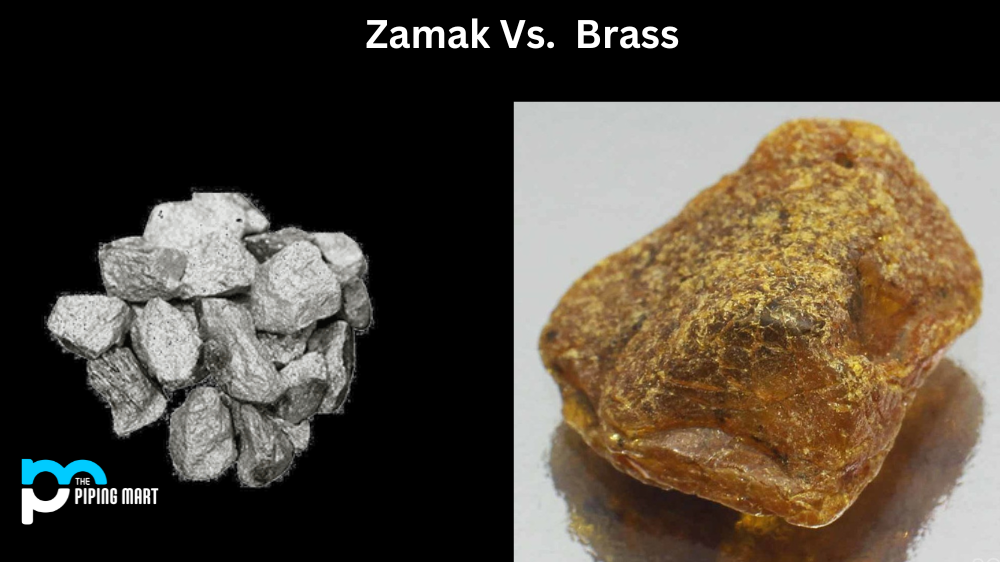If you work in an industrial setting, you are likely familiar with the terms “cf8m” and “304.” These two stainless steel alloys have a lot of similarities and differences, which can be confusing when it comes to deciding what type of stainless steel is best for your project. Let’s take a look at some of the key differences between cf8m and 304 stainless steel so you can make an informed decision.
What is CF8M?
Cf8m is a type of stainless steel alloy that contains iron, chromium, nickel, and molybdenum. This alloy provides excellent corrosion resistance due to its high levels of chromium and molybdenum, which also help to make it extremely durable. Cf8m has also been known to wear better than other types of stainless steel alloys due to its higher levels of molybdenum content.
What is 304?
304 is another stainless steel alloy type containing iron, chromium, and nickel. It also features good corrosion resistance properties due to its high levels of chromium content but does not have the same level of durability as cf8m because it lacks molybdenum. However, 304 does feature good weldability properties, which makes it ideal for certain applications where welding is necessary or preferred.
Differences between CF8M and 304
One major difference between these two stainless steel alloys is their level of corrosion resistance; At the same time, both offer excellent protection from rusting, or corrosion on their own, cf8m offers superior corrosion resistance compared to 304 thanks to its higher molybdenum content. Additionally, cf8m has more durability than 304 due to its higher molybdenum content and better weldability properties, making it ideal for certain projects. On the other hand, 304 has good weldability properties but is better than those found in cf8m alloy.
Finally, when comparing cost factors, cf8m tends to be more expensive than 304 due to its higher levels of nickel content which adds additional cost and more value regarding long-term performance and durability.
Composition
CF8M and 304 stainless steel sheets contain chromium, nickel, and molybdenum. However, CF8M also contains silicon, while 304 stainless steel does not. The addition of silicon makes CF8M more corrosion-resistant than 304 stainless steel.
Applications
CF8M is typically used in valves, fittings, and other components exposed to corrosive environments. 304 stainless steel is often used in food processing and kitchen equipment, as it is less likely to corrode in contact with food products.
Cost
CF8M is typically more expensive than 304 stainless steel due to its higher silicon content.
Weldability
CF8M has good weldability, while 304 stainless steel has excellent weldability.
Corrosion Resistance
CF8M is more corrosion-resistant than 304 stainless steel due to its higher silicon content.
Conclusion:
When choosing between cf8m and 304 stainless steel alloys for your project, a few key differences should be considered, including corrosion resistance, durability, weldability properties, cost factors, etc. Overall, both provide excellent protection from rusting or corrosion on their own. Still, if you need superior performance, then cf8m may be the right choice for you; however, consider any added costs associated with this selection before making your final decision. Ultimately each situation requires careful consideration when selecting the suitable metal alloy for your project, so understanding the pros and cons of each option is essential to make an informed decision about what type best fits your needs.

Abhishek is a seasoned blogger and industry expert, sharing his insights and knowledge on various topics. With his research, Abhishek offers valuable insights and tips for professionals and enthusiasts. Follow him for expert advice on the latest trends and developments in the metal industry.



